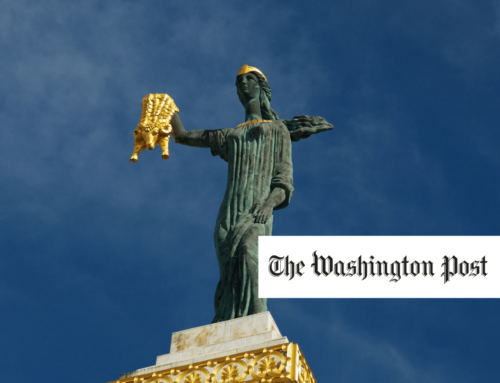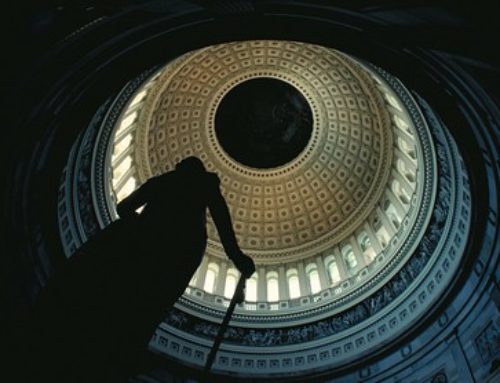With apologies to MTV’s “Pimp My Ride”
What does Congress do when there just aren’t enough taxpayer dollars available to feed all of the special interests in Washington? They “pimp out” the federal budget with $80 billion worth of the budgetary equivalent of fake air scoops and a vroom box. And when they’re done, they brag to their lobbyist peeps that they have a responsible budget that includes funding for everyone’s pet programs.
Reserve funds, as they are known, are pots of money that have been called “a clever gimmick to help balance the books, a shell game.” These funds, though not real money, are used to pay for any number of Congress’s wish-list items. The 23 reserve funds in this year’s budget far exceed the previous record high of 13 in 1995. These funny-money pork pots are supposed to be offset by spending cuts or tax increases, but don’t kid yourself. This is deficit spending, plain and simple.
And even if Congress does “pay” for some fraction of these add-ons with cuts from somewhere else, history shows that 1 minus 1 in Congressional math doesn’t always equal zero.
Take the 2002 Budget, for example, when Congress tapped projected surpluses in the Medical Hospital Insurance Trust fund to pay for eight reserve funds. The surpluses disappeared almost as soon as the 2002 budget was passed, so fake surpluses were used to “offset” real taxpayer costs.
In 2003, Congress passed the Medicare Modernization Act but didn’t include a way to cover the significant costs of the new drug benefit. Its prescription was a $400 billion reserve fund in the 2004 budget (they didn’t even pretend to pay for this one). The drug benefit is now estimated to cost more than $700 billion over the next ten years.
And once these expensive wish list items become law, the long term costs don’t matter in terms of Congress’s budgetary rules, so long as the initial cost estimates comply. And guess who pays for any cost overruns or revenue shortfalls? It’s the taxpayer – always.
In this year’s budget, the reserve fund for the Farm Bill alone is $20 billion, to pay for more subsidies to fat cat farmers, giveaways to the ethanol industry, or expanded conservation programs. Larry Combest, former Chairman of the House Agriculture Committee and currently a rice industry lobbyist, recently said that the 2002 farm bill has saved about $17 billion, the result of higher than expected commodities prices. That may be true, but the $98 billion farm bill was paid for in part by $26 billion from – you guessed it – a reserve fund. Forgive us if we aren’t congratulating Congress for not spending $17 billion that never really existed anyway.
Using phony reserve funds to trick-out the federal budget may be a good way to impress your friends, but they are definitely not a free ride.







Get Social